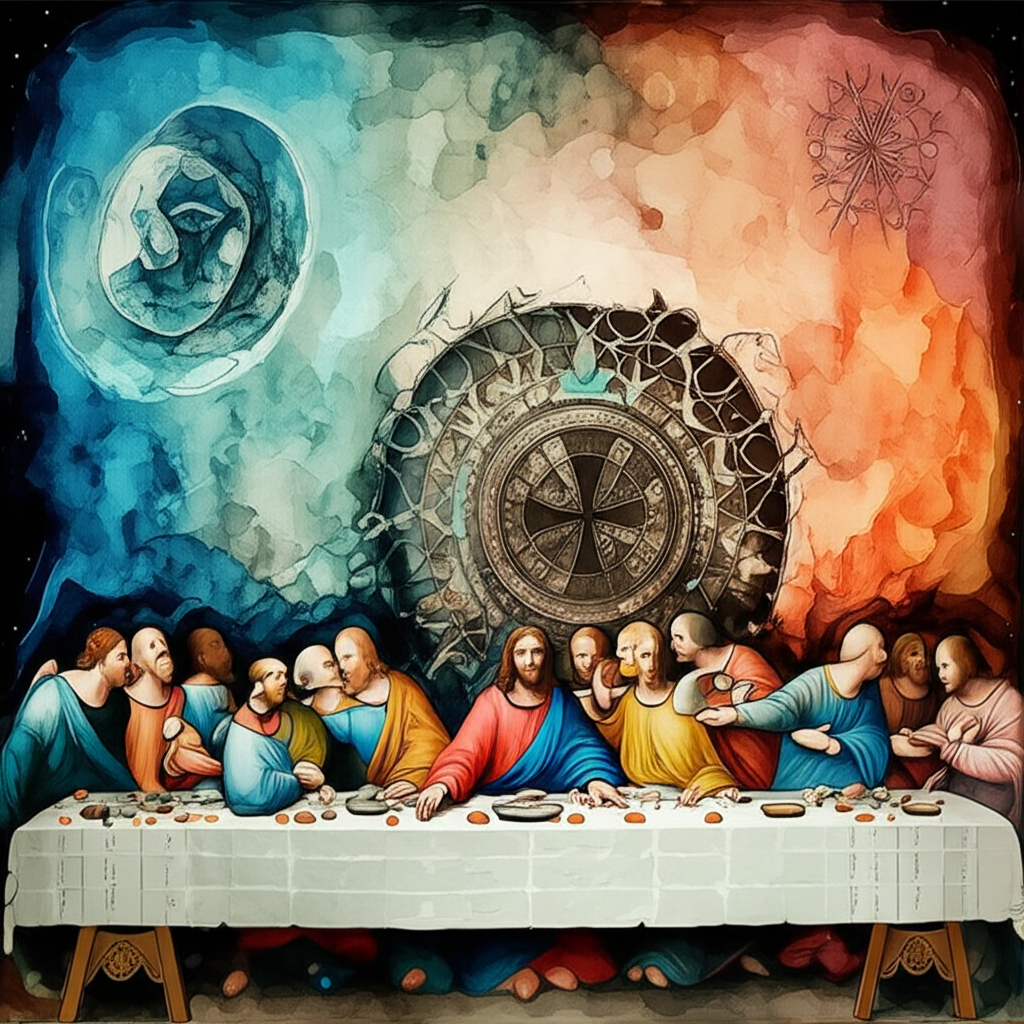
The superstition surrounding the number thirteen remains a widespread cultural phenomenon, influencing various aspects of modern life. This enduring belief in its unluckiness manifests in practices such as omitting the thirteenth floor in high-rise buildings, avoiding a thirteenth aisle on airplanes, and rarely numbering hotel rooms with thirteen.
The origins of this superstition are varied, with multiple explanations rooted in historical and cultural narratives. A prominent theory links the fear of thirteen to the biblical account of the Last Supper. The gathering of Jesus and his twelve apostles, totaling thirteen individuals, is often cited, with Judas Iscariot, the betrayer, identified as the thirteenth guest. This association of thirteen with betrayal and misfortune cemented its negative connotations in Christian tradition.
Beyond biblical interpretations, Norse mythology offers another explanation for the number’s ill repute. A banquet of twelve gods was disrupted by the arrival of Loki, the thirteenth guest, a trickster god known for his deceit. Loki orchestrated the death of Balder, a beloved god believed to be invulnerable, by manipulating the blind god Hod to fatally wound him with a mistletoe arrow. Balder’s demise signaled the beginning of Ragnarok, the apocalyptic end of the Norse world, associating the number thirteen with chaos and destruction.
The concept of thirteen has also been linked to ancient Persian beliefs and the 2012 ‘End of Days’ theories. In ancient Persia, the zodiac’s twelve constellations were assigned to the calendar year, with each constellation believed to govern the world for a millennium. The arrival of the thirteenth millennium, lacking a dominant constellation, was predicted to usher in a period of instability and chaos. This Persian cosmological belief shares common ground with prophecies about the year 2012, further contributing to the association of thirteen with negative events.
However, not all perspectives view thirteen negatively. In sacred geometry, both ancient and modern scholars consider the number thirteen to be a fundamental structural unit found throughout nature. Observations include the presence of thirteen major joints in the human skeleton, the moon’s daily progression of thirteen degrees in its orbit, and the existence of thirteen lunar cycles within a solar year. In Judaism, thirteen holds auspicious significance as the age of responsibility when a boy becomes bar mitzvah. Furthermore, in Hebrew, the letters of thirteen (yod-gimel) correspond to the numerical value of the word ahava, meaning love. This positive association has led some to suggest that the superstition surrounding thirteen may have its roots in historical anti-Semitism.
In contemporary society, the superstition of thirteen persists, demonstrating its enduring impact on cultural practices and individual beliefs. While its precise origin remains debated, its various historical, mythological, and religious associations have contributed to its pervasive presence in modern culture, from architectural design to popular folklore.